A history on how the mechanical and digital influenced the human body
The digital is a very broad and abstract concept that is constantly evolving. From artificial intelligence up to VR-experiences and digital art, the concept and the options for the future seem endless. With new technologies in the making that can change our DNA or even create a flesh-like object that can replace our organs, technology is slowly infiltrating our human body.
The thought of having something mechanical inside our bodies can understandably evoke an almost disgusting feeling. Yet, this future of artificial organs and limbs becomes more realistic every year.
In this blogpost I want to explore the history of the influence of mechanical and digital technology on the human body, with a specific focus on the Grotesque. Moreover, I want to take a brief look at what the influence of the digital on the human body might become in the future.
A brief history on the human body and technology
Humans have always shown an interest in the human body and its deformation by mechanical replacement of body parts. One of the best and most famous examples for that is of course the story of Mary Shelley’s Frankenstein (1818). An other example is the illustration below by an unknown artist from the 1570s.
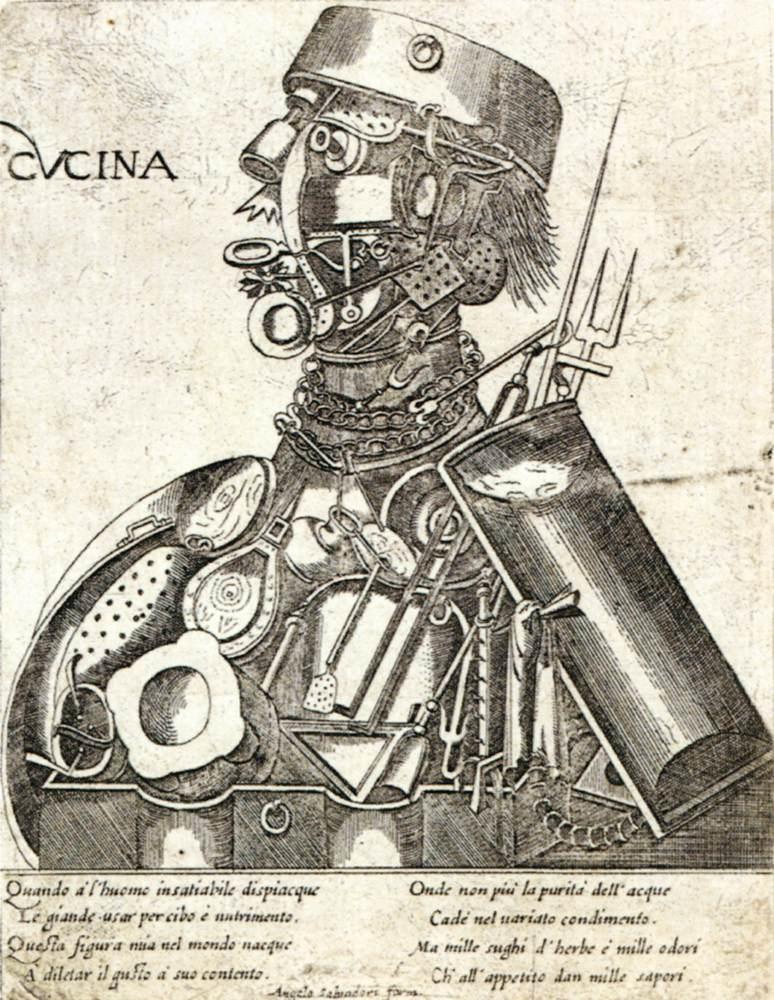
However, the interest in deformation of the body started rather beautiful. The first deformed figures of the human bodies were found within the decorations on frescos during the renascence. The beautiful and highly decorative ornaments covered complete walls, depicting human-like figures emerging with almost classical looking pillars.
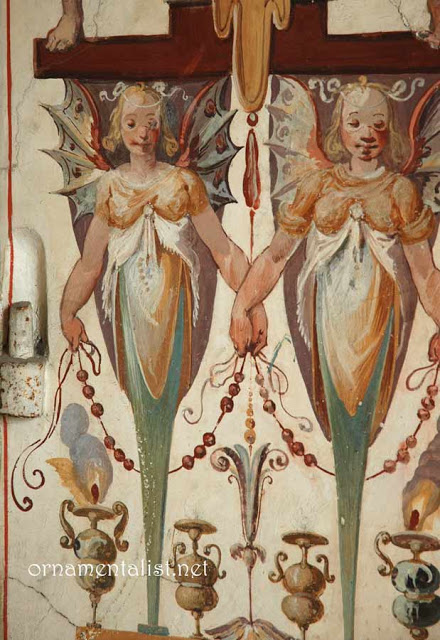
The Grotesque
The frescos are seen as the first trend within the concept of the Grotesque. A term used to describe strange, mysterious and misshaped figures, but it is also found in stories, music and art. Within the art the Grotesque, like mentioned earlier, has an ornamental, deformational and a masquerade substyle. What this really means is that this concept of depicting humans, animals or objects can function as a decorative ornament (like depicted above), as a freaky, mysterious human like figure (like depicted below) or a masque like figure, such as Darth Vader form Star Wars or the Joker from Batman.
According to the Oxford Languages dictionary Grotesque is defined as:
Grotesque
/ɡrə(ʊ)ˈtɛsk/
adjective
- Comically or repulsively ugly or distorted.
“a figure wearing a grotesque mask”
Similar: Malformed, deformed, misshapen, misproportioned, distorted, twisted, gnarled, mutilated, ugly, unsightly, monstrous, hideous, freakish, unnatural, abnormal, bizarre, outlandish, strange
Opposite: Ordinary, normal
noun
- A very ugly or comically distorted figure or image.
“the rods are carved in the form of a series of gargoyle faces and grotesques”
- a family of 19th-century sans serif typefaces.
The part of the Grotesque that really intrigues me is the deformational aspect of it. I find it really interesting that especially in the art, the use of deformation of the body creates a feeling of disgust that can almost make you shiver observing the art. I find it really powerful the art and the deformation of the body is able to stir up that kind of emotions and feelings. That makes observing a piece of art much more than just looking at it, but also really experiencing the piece. I always wonder if that is just because of what we perceive as ugly, or can it be something genetically determined? Maybe because we recognize our own body within a deformation, we react more physically to seeing something like that.
Not only in art, but also in literature the Grotesque found its way. For example, Victor Hugo’s The Hunchback of the Notre Dame. In this story the main character is not a perfect hero, but a deformed, ugly human-like being. Other examples of the grotesque are shown below. Shown are a sketch from the collection of the Metropolitan Museum of Arts in New York and a piece of artist Francesco Albano’s Melting and Grotesque Body Sculptures.
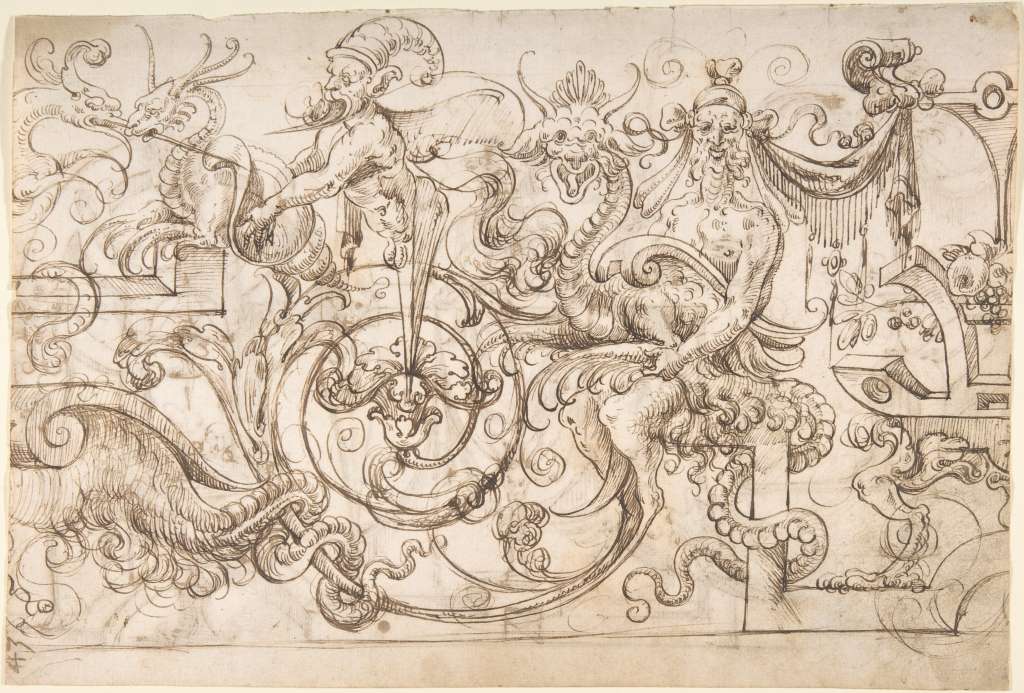
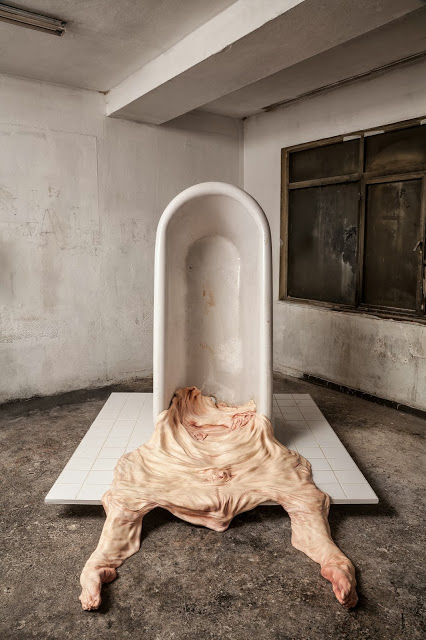
The Cyborg
In the 1960s the term cyborg was first defined by Manfred Clynes and Nathan S. Kline. “The Cyborg deliberately incorporates exogenous components extending the selfregulatory control function of the organism in order to adapt it to new environments.” (1960).
“The Cyborg deliberately incorporates exogenous components extending the selfregulatory control function of the organism in order to adapt it to new environments.”
Manfred Clynes and Nathan S. Kline in Cyborgs and Space (1960)
With the introduction of this term ‘cyborg’ the grotesque took a turn towards the digital. In combination with the rapid development of technology the term cyborg, and with it the bodily deformations of the Grotesque, also becomes more realistic.
A striking quote from a previous lecture of Digital media, Society and Culture by writer Donna J. Haraway explains what we as humans also can learn from the digital, but also from nature. “Perhaps, ironically, we can learn from our fusions with animals and machines how not to be Man, the embodiment of Western logos.” (1985).
“Perhaps, ironically, we can learn from our fusions with animals and machines how not to be Man, the embodiment of Western logos.”
Donna J. Haraway in A Cyborg Manifesto (1985)
What I find striking about this quote, is that when you think about it, we have been doing this for a some time already. Like mentioned in the beginning for example our knowledge in medicine and health is mostly derived from animals that look like us humans. For example the usage of pig heart valves on human hearts in the 1950s up onto 3D printing implants and prosthetics and maybe in the future even generating flesh-like tissue, making it possible to generate new organs outside the human body, later implanting them.
Sadly, and although a great fascination of mine, I am not knowledgeable enough to write about how the newest digital prosthetics will look. Let stand writing on which techniques will start to infiltrate our human body. What I do know is that although the mechanical grotesque and cyborg bodies might create a creepy and weird feeling thinking of it, the grotesque and the creation of cyborgs has been a concept that has been in the mind of humans for a long time. Who knows what parts of our imagination and fascinations will become reality in the near future and make us as humans perhaps even more digital and mechanical?
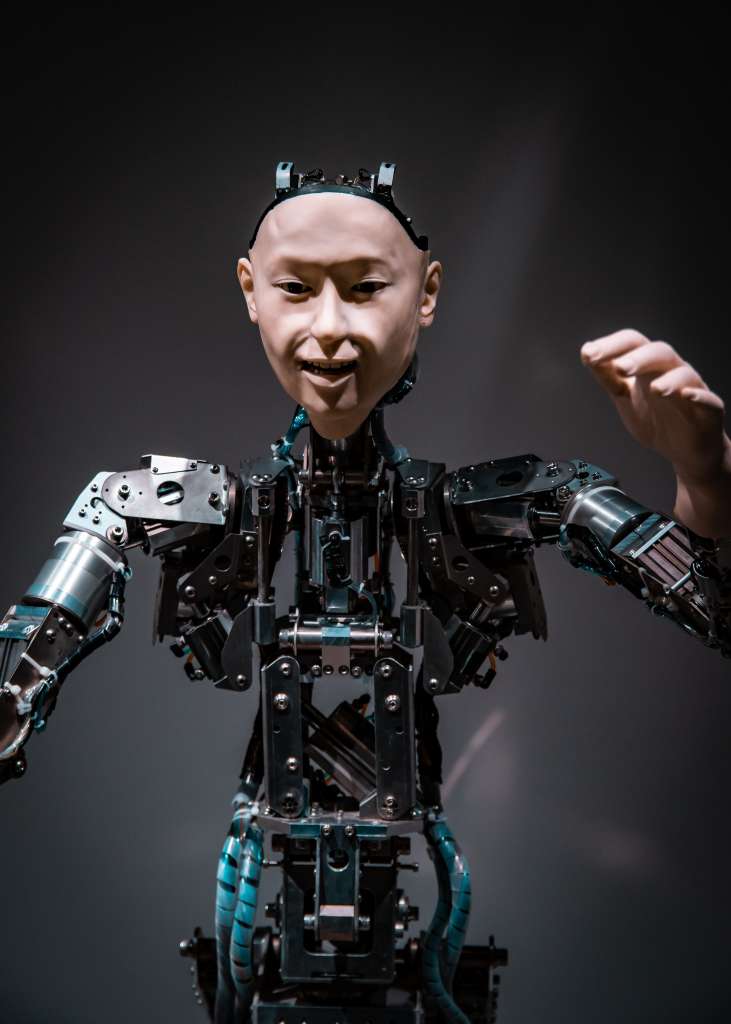
References:
Unknown Artist. (1570s). Humani Victus Instrumenta.
L. Rutter. (2008). Window detail form the Vatican Museum. ornamentalist.net
Oxford Languages definition of Grotesque
A. de Melgar. (ca. 1545–60). Design for a Frieze with Grotesques in the Flemish Style (recto); Winged Term and Other Terms with Grotesque Birds (verso). Metropolitain Museum of Art New York.
F. Albano. (2013). On the Eve.
M. Clynes, N. S. Kline. (1960). Cyborgs and Space.
D. J. Harraway. (1985). A Cyborg Manifesto.


Thank you for writing such an interesting blog. I think that there can be indeed a link between the grotesque and a cyborg. Both iterations of the human body make us wonder what is it that makes us human. Through having these slight deformations in the grotesque and through the almost human nature of the cyborg, one could say that the two categories can sort of fall into the uncanny valley. After all, we can see the “human” in both categories, but at the same time, it is not human enough, which can leave some with a certain unease.
Absolutely loved this take on the grotesque in the digital world!!! You present in such an eloquent way why distortion is so strange to human nature, and how it just has always kept us intrigued about the function and form of our bodies. There are certain neurons called “mirror-neurons” that allows you to mimic the feelings of a person, based on mirroring their face on yours. The discomfort in the grotesque thus might come from grotesque figures always looking so at peace with their physique, while our brain is telling us they should not be looking so happy (creepy smiles, we see you too). Overall, amazing to see that the fascination for the grotesque lives on in the Digital, and can be explored so much deeper now with 3D animations f.ex. I saw a 3D creation of Trump in a diaper slurping on Goya beans haha the grotesque has no end:)